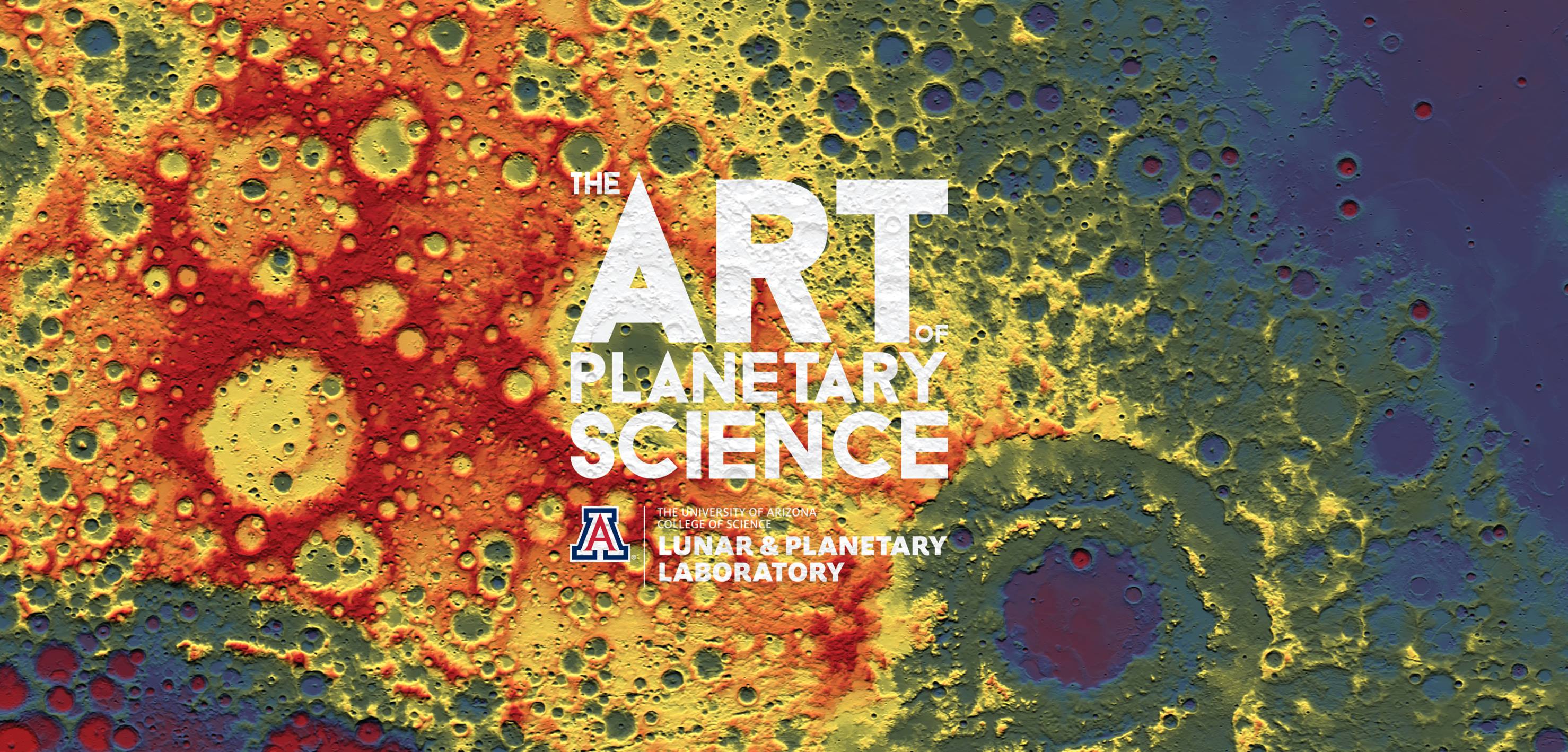LPL Newsletter for October 2021
Friday, October 1, 2021
Have you ever wondered how planets form? Or how objects like asteroid Bennu may have contributed the building blocks for life on Earth? And what's really going on with Saturn and those rings? We've got some answers.
We've also got The Art of Planetary Science, an outstanding exhibit of space-themed art hosted annually at LPL. This year's in-person exhibit was held September 24 - 26 in the Kuiper Space Sciences building, but don't worry if you missed it—you can enjoy the online galleries through October 31.
Contact us at PG4gdWVycz0iem52eWdiOkhOWUNZQFlDWS5OZXZtYmFuLnJxaCI+SE5ZQ1lAeWN5Lm5ldm1iYW4ucnFoPC9uPg== if you'd like to be added to newsletter or event distributions.
Earth and Venus Grew Up As Rambunctious Planets
Using machine learning and simulations of giant impacts, a team of researchers led by LPL Professor Erik Asphaug found that the planets residing in the inner solar system were likely born from repeated hit-and-run collisions, challenging conventional models of planet formation.

Meet the LPL Scientists Investigating a Potentially Hazardous Asteroid
In this episode of Motherboard’s Space Show, OSIRIS-REx scientists talk about asteroid Bennu and their paths to careers in planetary science.

Exploring the Planet Saturn
Saturn holds special interest for LPL director Mark Marley, who discusses his research in this interview with former director Tim Swindle.

The Art of Planetary Science 2021: Space Travel
LPL was proud to host the 8th annual The Art of Planetary Science (TAPS) exhibit in September. Read more about the event and how you can view the online galleries through October 31.

